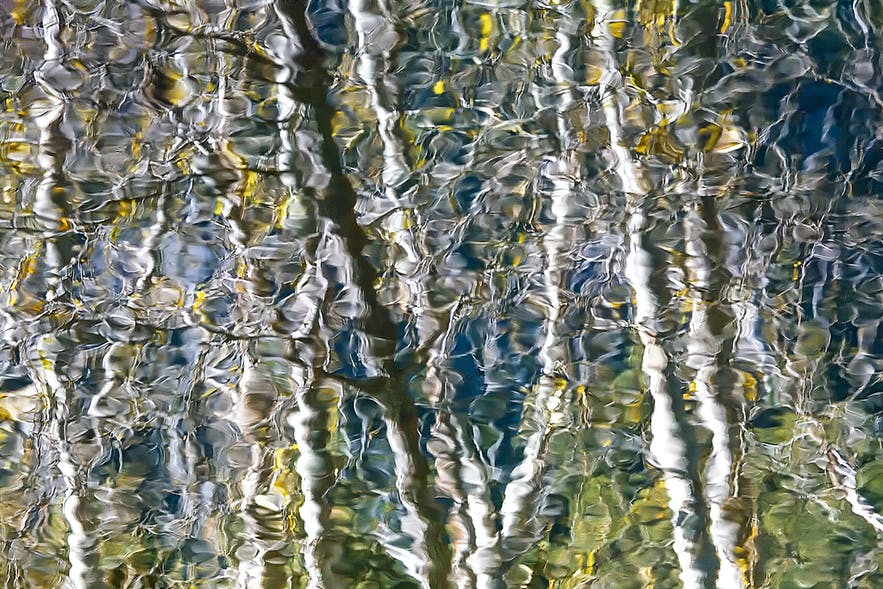Introduction
Composition can be defined as the way a photographer uniquely structures their photographs and adds their own unique spin. Composition has always been a difficult concept for me to develop because it is easy to imitate your favorite photographer, but it is hard to find your own unique style.
A photographer’s use of composition is a personal one. Each photographer looks at the world differently. Each photographer sees their subject differently. Each photographer crops their photographs differently. I want to develop my understanding of composition so I can discover my own framing style.
Learnings
Through reading the article, “Ultimate Guide To Composition In Photography” by Brian Rueb, I learned about the different concepts that I should be thinking about as I am framing my photographs. The first element I should be looking for is different lines in the image. By framing the image in a way that makes the lines come from the corners, I can create what is known as “leading lines.” Leading lines point the viewer’s eyes towards the subject of the photograph.
The next concept that I realized I should be considering more is negative space. As someone who enjoys portrait photography, when I take photographs I am usually focused on the main subject. It is easy to forget that the forms and shapes that aren’t occupied by the subject can also be used to create interesting compositions.
I never realized there were “principles of composition” until I read this article. I learned that the first principle, rhythm has to do with movement created by repeating patterns and shapes. The second principle, balance relates to keeping order in your image and making sure the elements in some areas don’t overpower the elements in others. Unbalanced images can hinder the viewer’s ability to take in everything your photograph has to offer.
The third principle, proportion has to do with the size of objects within a frame as they relate to one another. By changing the camera angle or exaggerating proportions you can achieve unique compositions. The fourth principle, emphasis refers to how the elements of your composition guide the viewer to an intentional subject within the frame. This can be achieved through leading lines, proportion, and dynamic lighting.
The fifth principle, harmony has to do with showing how different elements in your photograph are similar. This can be achieved through similar colors, textures, lines, etc. The sixth principle, variety refers to the juxtaposition of different objects. Viewer interest can be created by highlighting the differences between elements in your photo. The seventh principle, movement has to do with creating the illusion of movement through the creative use of shutter speed, panning, and zooming
This article also introduced “The Gestalt Principles of Composition.” These principles include similarity, continuity, closure, proximity, figure/ground, and symmetry. Many of these principles were self-explanatory. One that I wasn’t aware of before was continuity. Continuity has to do with leading your viewer’s eyes through the photograph with different elements. Another principle I wasn’t familiar with was closure. Closure is a concept that means making your viewer think every element is similar, but if you look closely they are not. This realization “brings closure” and may reinforce a story being told in the photograph.
Some composition techniques that I learned from reading this article include “selective focus, simplicity, rules & ratios, rule of thirds, golden spiral, golden triangle, baroque & sinister diagonals, reflections/dynamic foregrounds, contrast, repetition of shapes, perspective, focused light, natural framing
Some common composition mistakes that I learned about include “
References
Link To Article: https://iceland-photo-tours.com/articles/photography-techniques/ultimate-guide-to-composition-in-photography
Citation: Rueb, Brian. “Ultimate Guide to Composition in Photography: Iceland Ph…” Iceland Photo Tours, iceland-photo-tours.com/articles/photography-techniques/ultimate-guide-to-composition-in-photography.


This is very thorough and it looks like you were able to get some really useful suggestions.